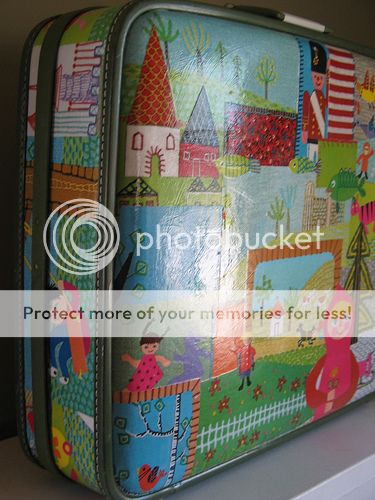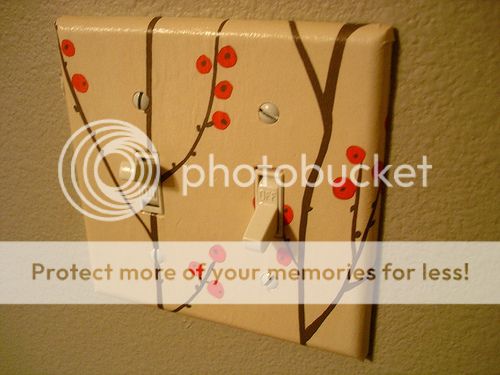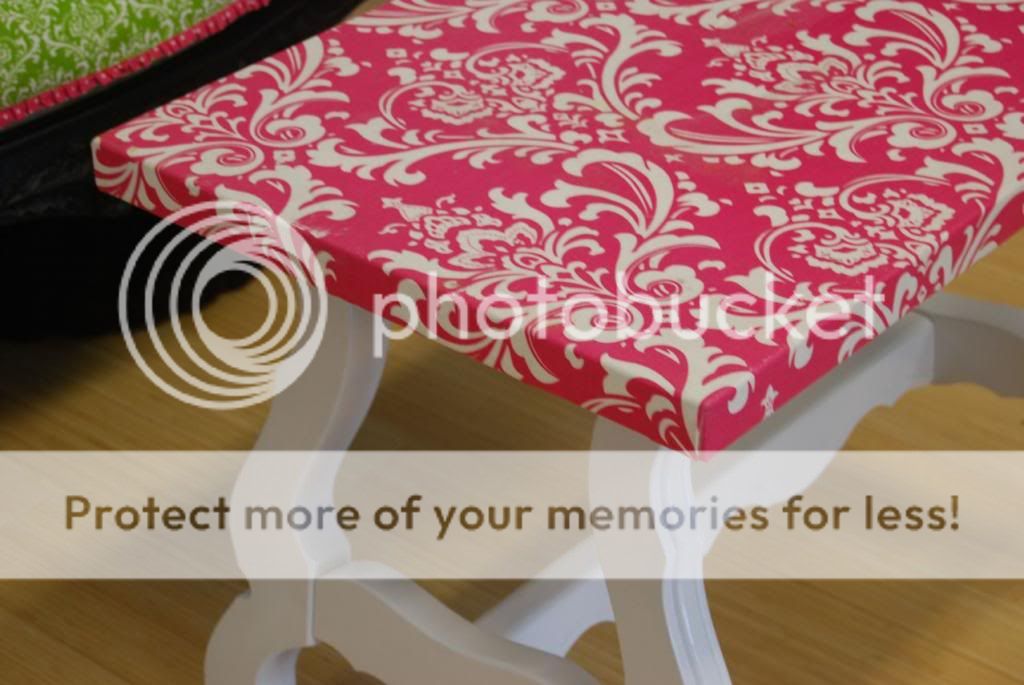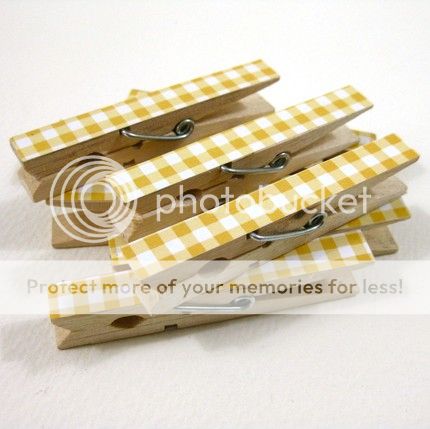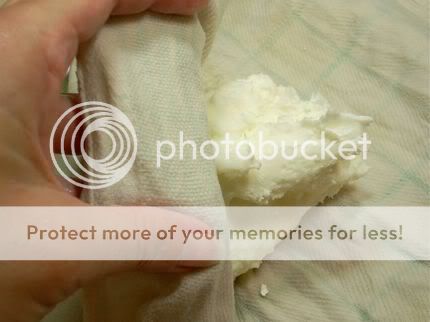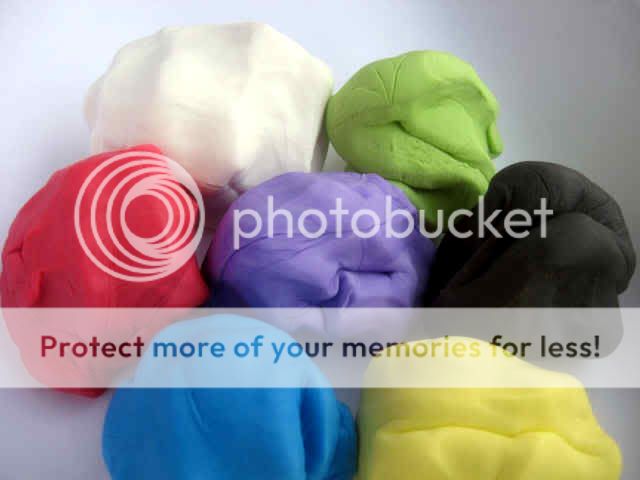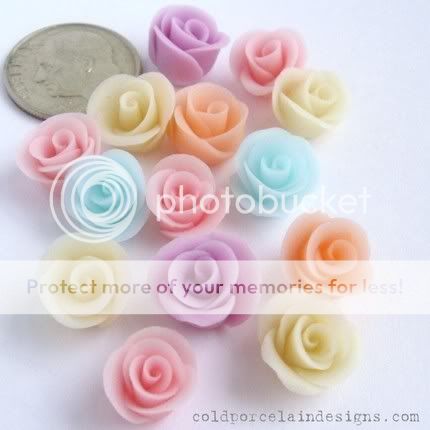Decoupage! From the French verb découper, meaning 'to cut out'.
It is decorating a certain object by gluing colored paper cut-outs and even combining other elements such as dried leaf or anything flat that can be glued in and covering them with several coats of varnish right after. This art go all the way back from the 17th or 18th Century, however the art of Decoupage was already known in Asia way before that time. Marie Antoinette and Madame de Pompadour were among those who became practitioners of the art. Mary Delany became one of the remarkable artists during her time even chosen by the Queen Charlotte for her
wonderfully crafted Decoupage works mostly done by hand and botanically inspired.
So how does one Decoupage?
First, you'll be needing the following:
• White Glue or Mod Podge
• Small Paintbrush
• Sponge Paintbrush
• Scissor
• Old Comics, Magazine Cut-Outs, Vintage Maps, or Cloth Patterns
Instructions:
• Put a small amount of glue or mod podge on the prepared surface. (Surface should be clean)
• Smooth out the glue out using the sponge paintbrush.
• Before putting your cut-outs to the surface, apply a small amount of glue at the back of it
• Place it onto the surface and smooth it out to avoid any wrinkles or bubbles.
• For style you may opt to arrange your cut-outs in a horizontal direction overlapping one another, or you may just randomly place the cut-outs till all of the surface is covered.
• Apply several coats of glue over the cut-outs, making sure that each coats dry in between.
• For a glossy finish, you may use clear varnish and a final coat of acrylic sealant to make it durable.
Some Samples of Decoupage Work for Inspiration:
My personal challenge would be to do all of these myself!
Phew, sounds like a lot of work but I will definitely post photos of my own Decoupage here.
Be posting them soon!



